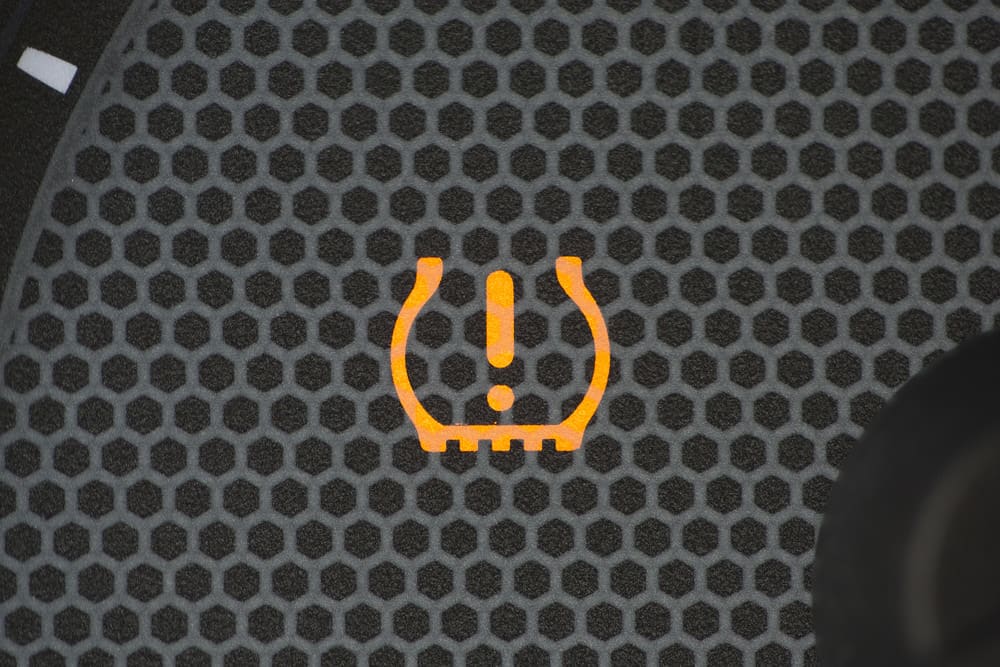

Have you ever looked at your tires in the parking lot and wondered if one was lower than the others? Did you brush that thought off, thinking it must be your imagination or the way the car is sitting? You might be right but how do you know for sure?
If you're being honest, odds are that you don’t check your own tire pressure. Long gone are the days where every fuel fill meant you or the gas attendant would check the oil, wash the windows, and check your tire pressure. If you've stopped regularly checking your tire pressure how do you know if you tire is getting low?
Tire pressure monitor introduced
Beginning in 2007, automakers have been required to install tire pressure monitoring systems (TPMS) in light vehicles as mandated by legislation. It's an effort to increase vehicle safety and efficiency, and it's also an indication to the driver that one or more tires is below the allowable threshold for operation.
What does my TPMS do?
The tire pressure monitoring system checks the pressure of your car’s tires and compares them to their normal specification. Most systems have a sensor mounted in each tire’s air chamber, and when one reads below the allowable threshold, the system illuminates the TPMS light. When the TPMS light is on, have your tires checked for leaks or damage.
TPMS light indications
The tire pressure monitoring system light can come on in two different ways: solid or flashing. A solid TPMS light tells you that there is a sensor reading a low tire pressure. The light will stay illuminated until the tire pressure issue has been corrected.
A flashing TPMS light indicates that there is a failure in the TPMS system. Either the receiver isn’t recognizing a tire sensor or one of the tire sensors has failed. If this occurs, you should have your vehicle’s TPMS system looked at shortly. During that ignition cycle, the light may switch from flashing to solid, and will flash again once the ignition is turned off and back on again.



